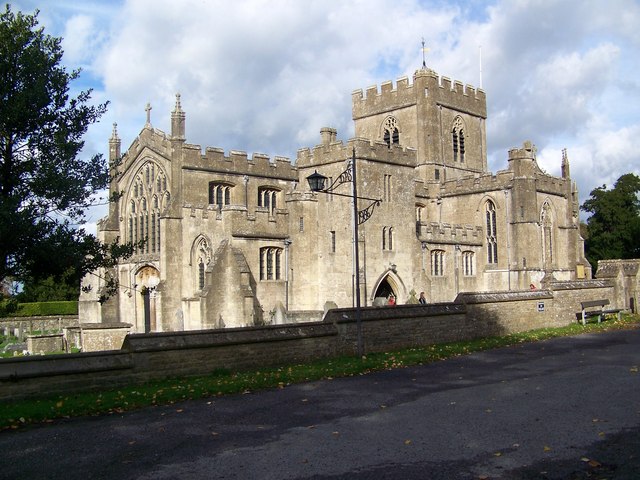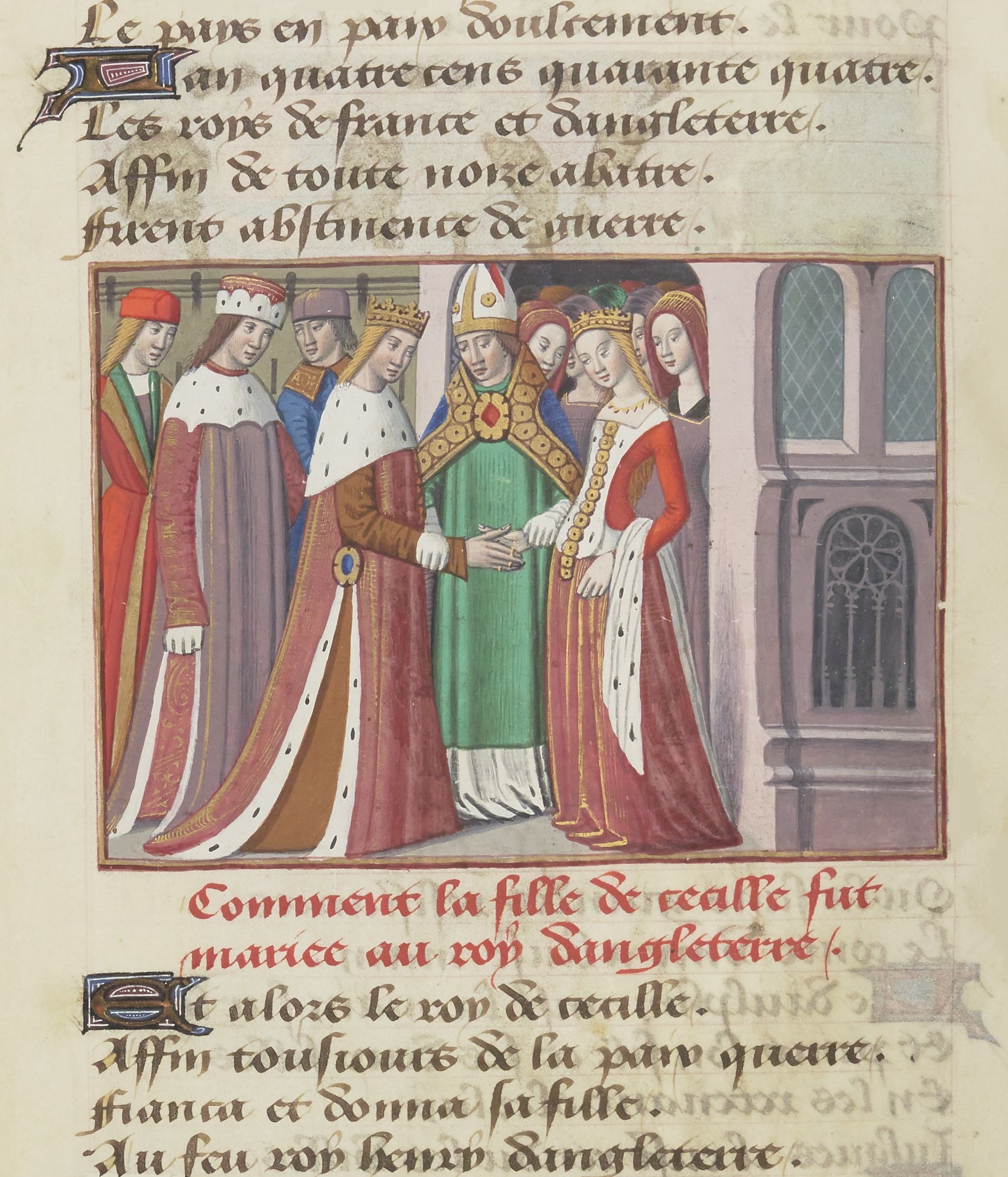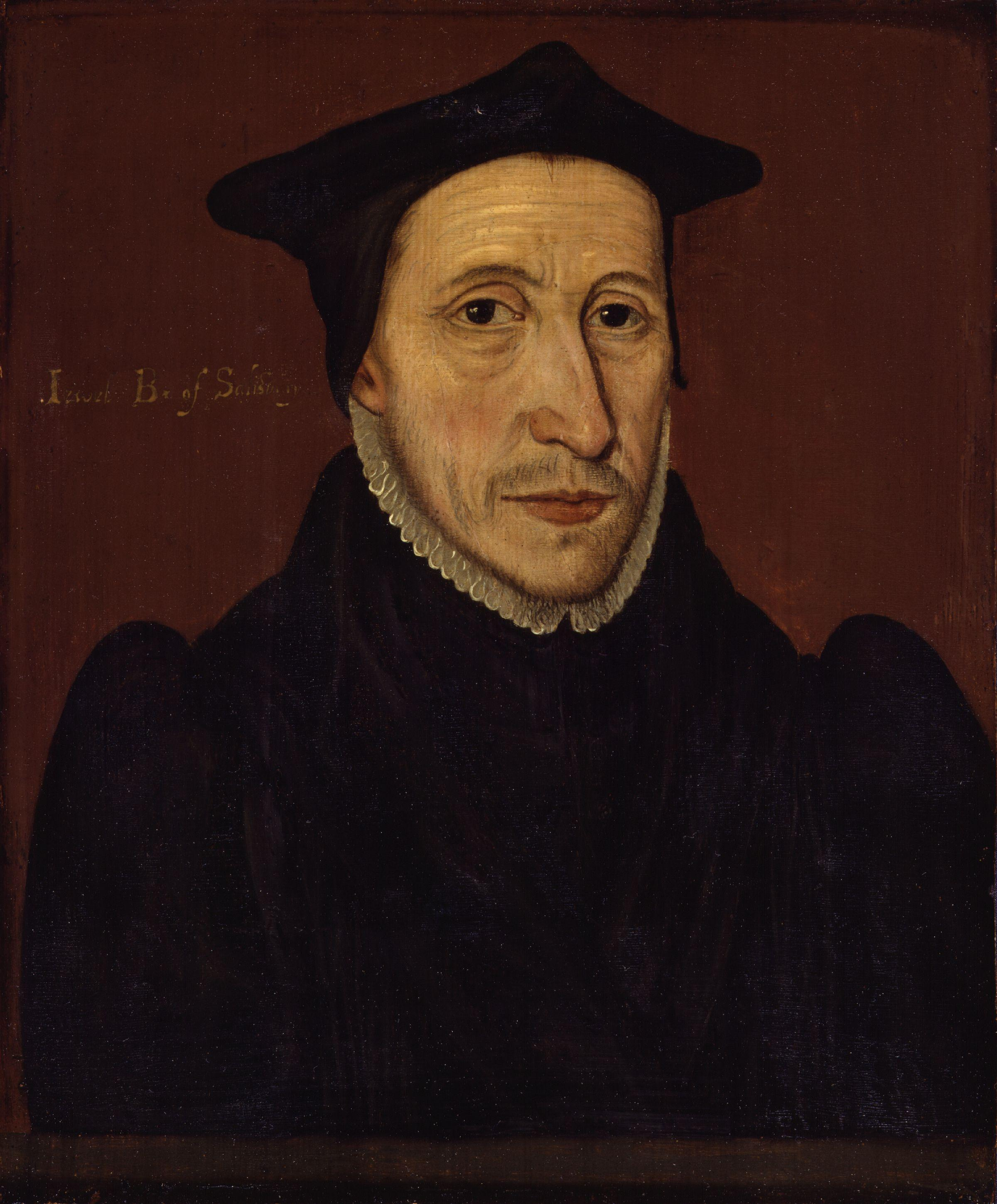|
William Ayscough (politician)
William Ayscough or Aiscough (c. 1395 – 29 June 1450) was a medieval English cleric who served as Bishop of Salisbury from 1438 until his death. Ayscough was nominated on 11 February 1438 and consecrated on 20 July 1438.Fryde, et al. ''Handbook of British Chronology'' p. 271 He was a royal confessor and a regular member of the royal council. Ayscough was killed at Edington, Wiltshire, on 29 June 1450 by an angry mob during Jack Cade's Rebellion. He was present at the marriage of Henry VI and his wife, Margaret of Anjou, who were very unpopular at the time.''The Gentleman's Magazine'', Vol. XXVI (1846), pp257-258via Hathi Trust HathiTrust Digital Library is a large-scale collaborative repository of digital content from research libraries including content digitized via Google Books and the Internet Archive digitization initiatives, as well as content digitized locally ... Digital Library Citations References * Bishops of Salisbury 15th-century English ... [...More Info...] [...Related Items...] OR: [Wikipedia] [Google] [Baidu] |
Bishop Of Salisbury
The Bishop of Salisbury is the ordinary of the Church of England's Diocese of Salisbury in the Province of Canterbury. The diocese covers much of the counties of Wiltshire and Dorset. The see is in the City of Salisbury where the bishop's seat is in the Cathedral Church of the Blessed Virgin Mary. The current bishop is Stephen Lake. History The Diocese of Sherborne (founded ) was the origin of the present diocese; St Aldhelm was its first bishop. In about 705 the vast diocese of Wessex at Winchester was divided in two with the creation of a new diocese of Sherborne under Bishop Aldhelm, covering Devon, Somerset and Dorset. Cornwall was added to the diocese at the end of the ninth century, but in about 909 the diocese was divided in three with the creation of the bishoprics of Wells, covering Somerset, and Crediton, covering Devon and Cornwall, leaving Sherborne with Dorset. In 1058, the Sherborne chapter elected Herman, Bishop of Ramsbury to be also Bishop of Sherborn ... [...More Info...] [...Related Items...] OR: [Wikipedia] [Google] [Baidu] |
Robert Neville (bishop)
Robert Neville (1404 – 8 or 9 July 1457) was an English prelate who served as Bishop of Salisbury and Bishop of Durham. He was also a provost of Beverley. He was born at Raby Castle. His father was Ralph Neville and his mother was Joan Beaufort, daughter of John of Gaunt. He was thus a highly placed member of the English aristocracy. Neville was nominated Bishop of Salisbury on 9 July 1427, and consecrated on 26 October 1427. He was then translated to Durham on 27 January 1438.Fryde, et al. ''Handbook of British Chronology'' p. 271 Neville died on 8 July 1457.Fryde, et al. ''Handbook of British Chronology'' p. 242 Citations References * * 1404 births 1457 deaths Bishops of Durham Bishops of Salisbury 15th-century English Roman Catholic bishops Robert The name Robert is an ancient Germanic given name, from Proto-Germanic "fame" and "bright" (''Hrōþiberhtaz''). Compare Old Dutch ''Robrecht'' and Old High German ''Hrodebert'' (a com ... [...More Info...] [...Related Items...] OR: [Wikipedia] [Google] [Baidu] |
Richard Beauchamp (bishop)
Richard Beauchamp (died 1481) was a medieval Bishop of Hereford and Bishop of Salisbury. Beauchamp was the son of Walter Beauchamp, Speaker of the House of Commons of England in 1416, and studied at Oxford. After serving as Archdeacon of Suffolk from around 1441, Beauchamp was nominated to the see of Hereford on 4 December 1448 and consecrated as bishop on 9 February 1449.Fryde, et al. ''Handbook of British Chronology'' p. 251 Beauchamp was translated to the see of Salisbury on 14 August 1450 and in 1477 the new office of Chancellor of the Order of the Garter was granted to him and his successors. Beauchamp died on 18 October 1481Fryde, et al. ''Handbook of British Chronology'' p. 271 and was entombed in an elaborate gothic chantry chapel outside the east end of the cathedral. When this was demolished in the 18th century his remains were taken inside the cathedral. Richard Beauchamp and his family feature in a Channel 4 Time Team ''Time Team'' is a British televisi ... [...More Info...] [...Related Items...] OR: [Wikipedia] [Google] [Baidu] |
Sacrament Of Penance
The Sacrament of Penance (also commonly called the Sacrament of Reconciliation or Confession) is one of the Sacraments of the Catholic Church, seven sacraments of the Catholic Church (known in Eastern Christianity as sacred mysteries), in which the faithful are absolution, absolved from sins committed after baptism and reconciled with the Christian community. During reconciliation mortal sins must be confessed and venial sins may be confessed for devotional reasons. According to the dogma and unchanging practice of the church, only those ordained as priests may grant absolution. History In the New Testament, Christians are admonished to "confess your sins to one another and pray for one another" at their gatherings, and to be forgiving people. In the Gospel of John, Jesus says to the Apostles in the New Testament, Apostles, after being raised from the dead, "Receive the Holy Spirit. Whose sins you forgive, they are forgiven; and whose sins you shall retain, they are retained". T ... [...More Info...] [...Related Items...] OR: [Wikipedia] [Google] [Baidu] |
Edington Priory
Edington Priory in Wiltshire, England, was founded by William Edington, the bishop of Winchester, in 1351 in his home village of Edington, about east of the town of Westbury. The priory church was consecrated in 1361 and continues in use as the parish church of Saint Mary, Saint Katharine and All Saints. History Early history When Edington was recorded in Domesday Book of 1086 it was held by Romsey Abbey. The nuns of Romsey provided a church for their tenants at Edington. Remains of a late-Norman church were found during restoration in the 19th century. North Bradley was a chapelry of Edington at this time. William Edington William Edington (d. 1366), from an Edington family, became Treasurer of England and bishop of Winchester, and founded a college of chantry priests at Edington in 1351 in order to have prayers said for himself, his parents and his brother. The church was transferred from Romsey to the chantry, and William gave further funds and properties in the follow ... [...More Info...] [...Related Items...] OR: [Wikipedia] [Google] [Baidu] |
Jack Cade's Rebellion
Jack Cade's Rebellion was a popular revolt in 1450 against the government of England, which took place in the south-east of the country between the months of April and July. It stemmed from local grievances regarding the corruption, maladministration and abuse of power of the king's closest advisors and local officials, as well as recent military losses in France during the Hundred Years' War. Leading an army of men from south-eastern England, the rebellion's leader Jack Cade marched on London in order to force the government to reform the administration and remove from power the "traitors" deemed responsible for bad governance. Apart from the Cornish rebellion of 1497, it was the largest popular uprising to take place in England during the 15th century. Despite Cade's attempt to keep his men under control, once the rebel forces had entered London they began to loot. The citizens of London turned on the rebels and forced them out of the city in a bloody battle on London Bridg ... [...More Info...] [...Related Items...] OR: [Wikipedia] [Google] [Baidu] |
Henry VI Of England
Henry VI (6 December 1421 – 21 May 1471) was King of England and Lord of Ireland from 1422 to 1461 and again from 1470 to 1471, and disputed King of France from 1422 to 1453. The only child of Henry V, he succeeded to the English throne at the age of nine months upon his father's death, and succeeded to the French throne on the death of his maternal grandfather, Charles VI, shortly afterwards. Henry inherited the long-running Hundred Years' War (1337–1453), in which his uncle Charles VII contested his claim to the French throne. He is the only English monarch to have been also crowned King of France, in 1431. His early reign, when several people were ruling for him, saw the pinnacle of English power in France, but subsequent military, diplomatic, and economic problems had seriously endangered the English cause by the time Henry was declared fit to rule in 1437. He found his realm in a difficult position, faced with setbacks in France and divisions among the nobil ... [...More Info...] [...Related Items...] OR: [Wikipedia] [Google] [Baidu] |
Margaret Of Anjou
Margaret of Anjou (french: link=no, Marguerite; 23 March 1430 – 25 August 1482) was Queen of England and nominally Queen of France by marriage to King Henry VI from 1445 to 1461 and again from 1470 to 1471. Born in the Duchy of Lorraine into the House of Valois-Anjou, Margaret was the second eldest daughter of René, King of Naples, and Isabella, Duchess of Lorraine. Margaret was one of the principal figures in the series of dynastic civil wars known as the Wars of the Roses and at times personally led the Lancastrian faction. Some of her contemporaries, such as the Duke of Suffolk, praised "Her valiant courage and undaunted spirit" and the 16th-century historian Edward Hall described her personality in these terms: "This woman excelled all other, as well in beauty and favour, as in wit and policy, and was of stomach and courage, more like to a man, than a woman." Owing to her husband's frequent bouts of insanity, Margaret ruled the kingdom in his place. It was she w ... [...More Info...] [...Related Items...] OR: [Wikipedia] [Google] [Baidu] |
The Gentleman's Magazine
''The Gentleman's Magazine'' was a monthly magazine founded in London, England, by Edward Cave in January 1731. It ran uninterrupted for almost 200 years, until 1922. It was the first to use the term ''magazine'' (from the French ''magazine'', meaning "storehouse") for a periodical. Samuel Johnson's first regular employment as a writer was with ''The Gentleman's Magazine''. History The original complete title was ''The Gentleman's Magazine: or, Trader's monthly intelligencer''. Cave's innovation was to create a monthly digest of news and commentary on any topic the educated public might be interested in, from commodity prices to Latin poetry. It carried original content from a stable of regular contributors, as well as extensive quotations and extracts from other periodicals and books. Cave, who edited ''The Gentleman's Magazine'' under the pen name "Sylvanus Urban", was the first to use the term ''magazine'' (meaning "storehouse") for a periodical. Contributions to the magazi ... [...More Info...] [...Related Items...] OR: [Wikipedia] [Google] [Baidu] |
HathiTrust
HathiTrust Digital Library is a large-scale collaborative repository of digital content from research libraries including content digitized via Google Books and the Internet Archive digitization initiatives, as well as content digitized locally by libraries. History HathiTrust was founded in October 2008 by the twelve universities of the Committee on Institutional Cooperation and the eleven libraries of the University of California. The partnership includes over 60 research libraries across the United States, Canada, and Europe, and is based on a shared governance structure. Costs are shared by the participating libraries and library consortia. The repository is administered by the University of Michigan , mottoeng = "Arts, Knowledge, Truth" , former_names = Catholepistemiad, or University of Michigania (1817–1821) , budget = $10.3 billion (2021) , endowment = $17 billion (2021)As o .... The executive director of ... [...More Info...] [...Related Items...] OR: [Wikipedia] [Google] [Baidu] |
Bishops Of Salisbury
The Bishop of Salisbury is the ordinary of the Church of England's Diocese of Salisbury in the Province of Canterbury. The diocese covers much of the counties of Wiltshire and Dorset. The see is in the City of Salisbury where the bishop's seat is in the Cathedral Church of the Blessed Virgin Mary. The current bishop is Stephen Lake. History The Diocese of Sherborne (founded ) was the origin of the present diocese; St Aldhelm was its first bishop. In about 705 the vast diocese of Wessex at Winchester was divided in two with the creation of a new diocese of Sherborne under Bishop Aldhelm, covering Devon, Somerset and Dorset. Cornwall was added to the diocese at the end of the ninth century, but in about 909 the diocese was divided in three with the creation of the bishoprics of Wells, covering Somerset, and Crediton, covering Devon and Cornwall, leaving Sherborne with Dorset. In 1058, the Sherborne chapter elected Herman, Bishop of Ramsbury to be also Bishop of Sherborne. Fol ... [...More Info...] [...Related Items...] OR: [Wikipedia] [Google] [Baidu] |





